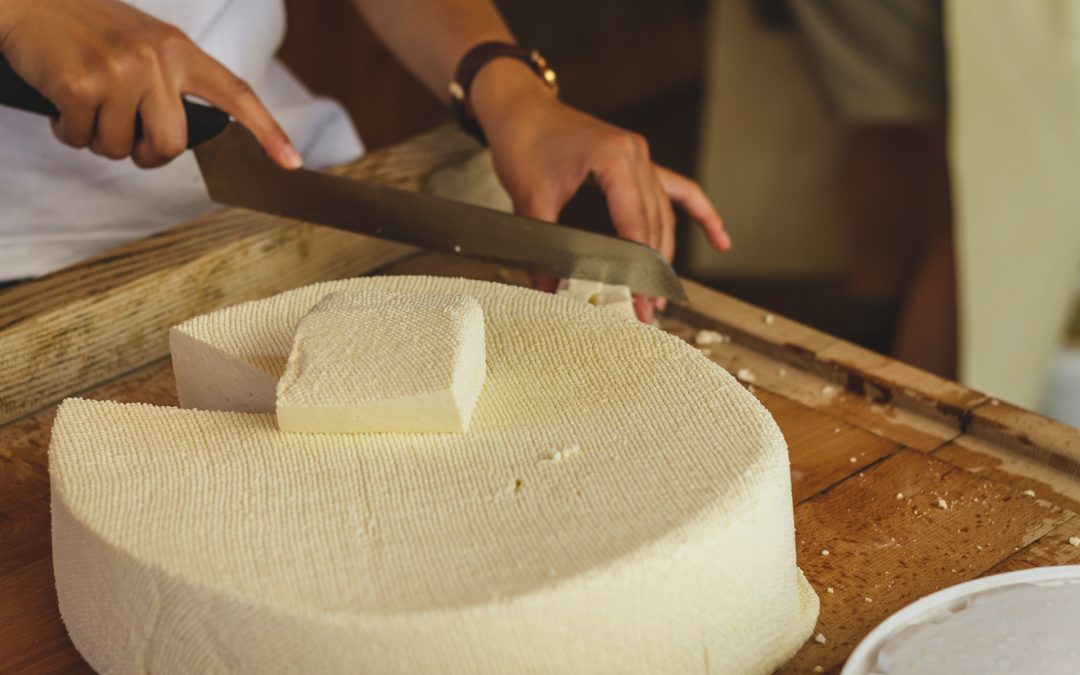While cheesemaking seems a fun and interesting job to do, it is a combination of art and science. It is not like following instructions on the recipe book, cooking the meal, and you’re done. It requires a meticulous process, precision, and patience.
If you are just starting out making your own cheese (or even if you’re experienced), you will likely experience common problems. But don’t stress out and be frustrated. Making cheese is about understanding how each process works and how the flavour and texture of the cheese are formed.
Here are the common mistakes in cheese making and what you can do to avoid them.
1. The Milk Does Not Coagulate
Coagulation is the process of transforming the milk into cheese by turning the liquid into a semisolid state. Usually, an enzyme called rennet is added to encourage the milk to solidify. The rennet can be either liquid or paste.
If the milk does not coagulate, it may be because the rennet you are using is old or unviable. Another reason is the milk is pasteurized to the point that it kills almost everything needed for coagulation to occur. Absence of protein and insufficient soluble calcium in the milk will lead to a soft, weak curd. Consider changing the milk or buy a new rennet and observe if there’s any difference.
2. The Cultured Cheese won’t Set
The most obvious reason why the cheese won’t set is due to the temperature being too cool during the fermentation stage. If the cheese (normally soft cheese) does not get firm and change in texture after you let it ferment for 12 hours, put it in a warmer place like the oven and turn on the light.
Observe and check for every 3 hours and when the cheese reaches the desired consistency, drain and salt.
3. Curds won’t come Together
This commonly happens when you are trying to make mozzarella cheese. If you see a bunch of rice-like curds that won’t stick together, this means that the cheese is not curdling properly.
It is often caused by low-quality milk. However, if you are using fresh raw milk with sufficient calcium, the reason might be due to improper temperatures. UHT (Ultra High Temperature) can change the pH level and cause the acids to not respond correctly to the combination of citric acid and rennet.
However, if the curds do not get hot enough as you prepare them for the stretching stage, it will also not come together properly. The ideal temperature of the curds before stretching is 71-77°C (160-170°F).
4. Bitter Cheese
If your cheese tastes bitter, it is usually caused by two reasons: (1) the cheese was not salted enough and (2) was not drained enough. To control the bitterness of the cheese, you must ensure that the salt levels are correct under cheese manufacturing conditions.
Try to add a little extra salt, mix up, and get more whey out. If you have a cheese press, wrap your cheese with cheesecloth and press it at about 5kg of pressure for 15 minutes. Taste it again. The age of the cheese and the rennet used can also contribute to the bitter taste.
5. The Cheese is Dry
Dry cheese has a crumbly and pasty texture. However, in most cases, it is edible. There are cheeses that you want to have that slightly drier texture but you can get disappointed that your work has led to undesirable results.
There are several factors that cause dry cheese. One of these is over-acidification. Too much acid in the cheese and less amount of protein make cause the cheese to become more brittle.
To avoid over-acidification, limit the amount of culture you use. Also, wash the curd after it has been cut or cooked. The other reason why a cheese becomes dry is temperature. Curd cooked at higher and lower temperatures can make the cheese wrong. Ensure that proper cooking temperature is set. Don’t cut the curd too small as it can cause fat loss, making the cheese to be less elastic.

